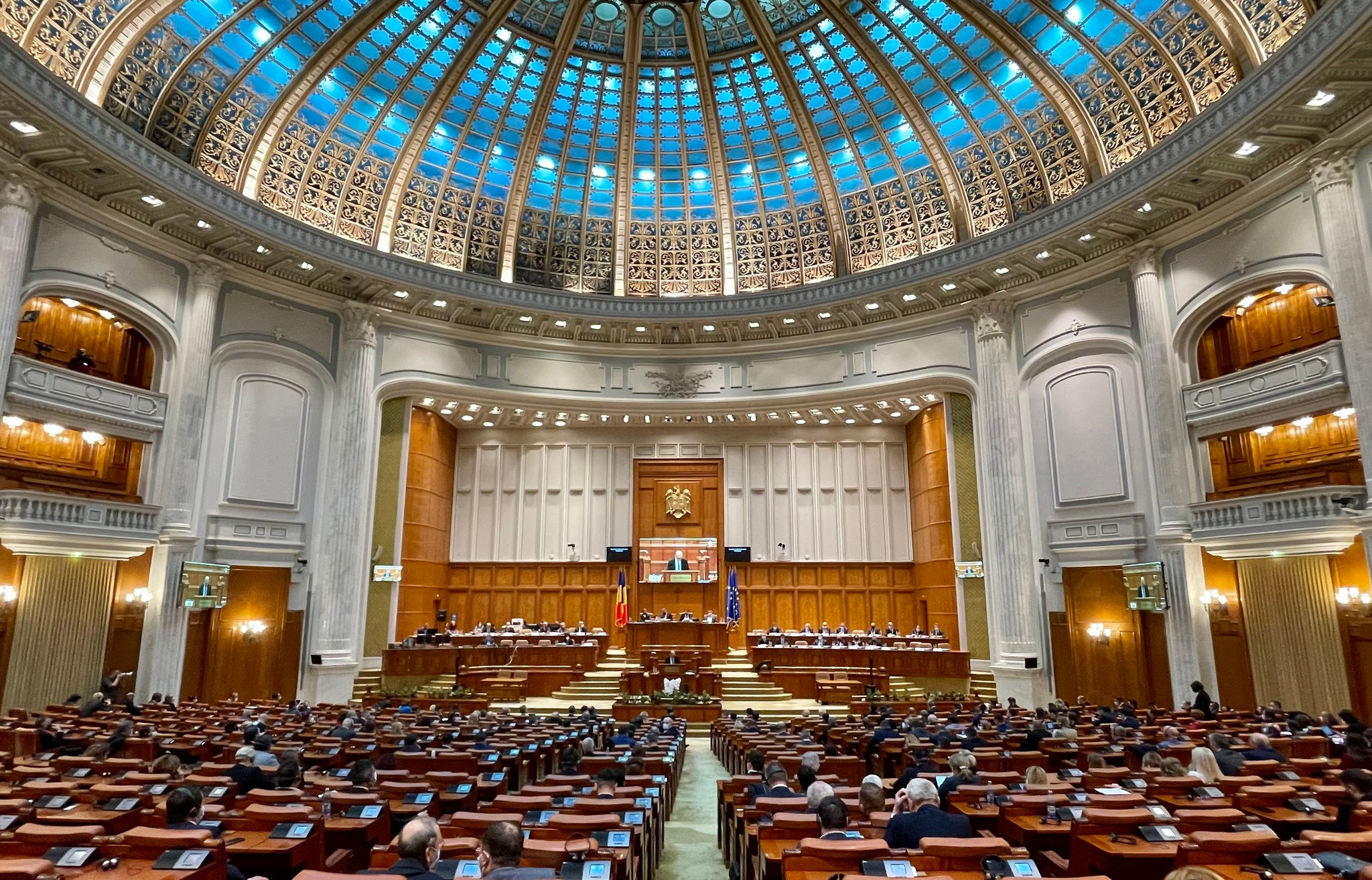Romanian managers expect a sharp rise in retail trade prices in the next three months, as well as a plunge in the construction sector’s economic activity, shows data released on Wednesday by the National Institute of Statistics (INS), Agerpres reports.
According to the December 2022 business survey, managers in the manufacturing industry expect a relative stability of the production volume in the next three months (short-term balance -4 percent), while the number of employees is seen as relatively stable (short-term balance at -1 percent for the manufacturing industry overall). Industrial product prices are forecast to increase in the next three months (short-term balance +34 percent).
According to December 2022 estimates, the volume of construction output will drop considerably in the next three months (short-term balance -24 percent) and the sector’s headcount is expected to decline moderately (short-term balance -11 percent). Prices of construction works are expected to increase (short-term balance +36 percent).
In the retail trade sector, the managers’ estimates for the next three months are of relative stability of the economic activity (short-term balance -2 percent). The volume of orders for suppliers of goods is seen staying relatively stable (short-term balance -3 percent), just as the number of employees (short-term balance +4 percent). On the other hand, trading company managers expect a sharp increase in retail prices (short-term balance +43 percent).
The demand for services (turnover) will register relative stability in the next three months (short-term balance -3 percent), as will the number of employees (short-term balance -2 percent). According to the managers’ opinion, service selling or invoicing prices will follow an upward trend in the next three months (short-term balance +24 percent).
The INS mentions that the short-term balance indicates the perception of business managers on the dynamics of a phenomenon that should not be mistaken for the rate of increase or decrease of any statistical indicator produced by the statistics authority. The short-term percentage balance is determined as the difference between the percentage of managers who chose the positive version of the phenomenon and the percentage of those who indicated the negative version.
Agerpres




